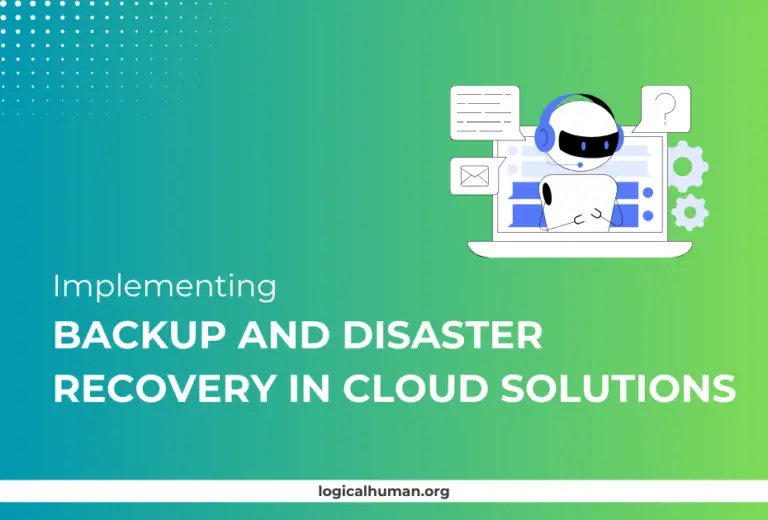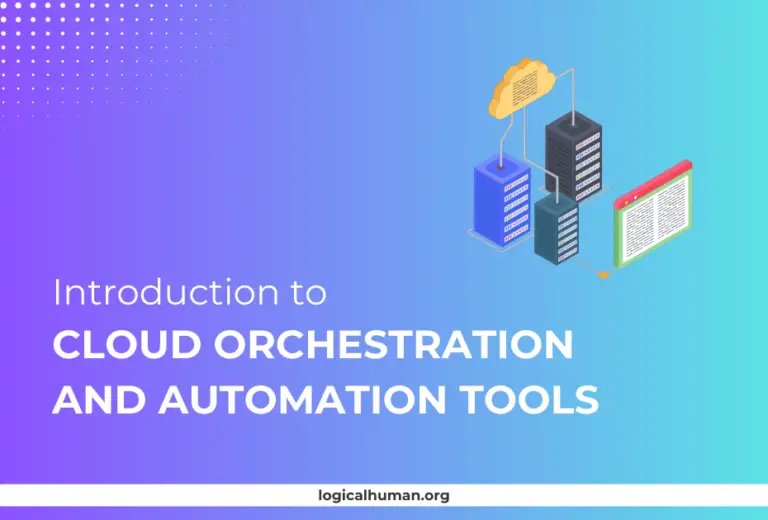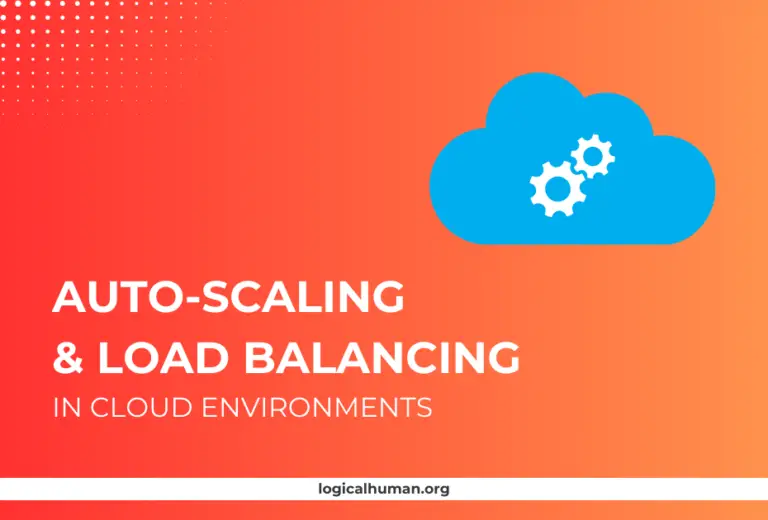As more businesses adopt cloud computing, ensuring the performance of cloud-based applications becomes increasingly important. That’s where cloud performance testing and benchmarking come into play. If you’re new to this world, don’t worry—we’re here to walk you through everything you need to know to get started.
What is Cloud Performance Testing?
Cloud performance testing is the process of evaluating how well your cloud infrastructure performs under various conditions. It involves checking for issues such as latency, downtime, and scalability to ensure your system can handle real-world demands.
When you perform cloud performance tests, you simulate different scenarios, from normal user loads to extreme stress conditions, to determine how your applications and services perform. Think of it as taking your cloud environment for a test drive before hitting the actual highway of user traffic.
What is Cloud Benchmarking?
Benchmarking, on the other hand, is the process of measuring your cloud system’s performance against established standards. It’s like comparing your cloud’s performance with industry benchmarks to see if you’re in the fast lane or need to speed things up.
Differences Between Testing and Benchmarking
While both testing and benchmarking are about performance, they serve slightly different purposes. Testing is about identifying potential issues within your cloud setup, while benchmarking is more about comparison. You can think of benchmarking as a scorecard that shows how well your cloud infrastructure stacks up against competitors or industry standards.
Why Both Are Important in Cloud Environments
Both testing and benchmarking are vital for ensuring that your cloud environment is not only functional but also competitive. With cloud services often operating on a pay-as-you-go model, understanding your performance helps you manage costs, prevent issues, and provide a better user experience.
Importance of Cloud Performance Testing
You might be wondering, “Why do I need cloud performance testing in the first place?” The answer lies in its ability to keep your cloud services efficient, scalable, and reliable.
Ensuring Optimal User Experience
When users access your applications, they expect quick load times and seamless interactions. Cloud performance testing helps ensure that you can meet those expectations.
Impact of Latency and Downtime
Latency and downtime are two performance killers. If your cloud system experiences too much delay or downtime, users will leave, costing you revenue and reputation. Regular performance tests help you identify and fix these issues before they affect your users.
Reducing Costs through Efficient Cloud Usage
Poor cloud performance can also lead to over-provisioning resources, which means higher operational costs. Performance testing allows you to optimize your cloud usage, reducing unnecessary spending.
| Tool | Type | Features | Pros | Cons |
|---|---|---|---|---|
| Apache JMeter | Open-Source | Load testing, stress testing, integration with CI/CD | Free, flexible, large community support | High learning curve for beginners |
| BlazeMeter | Cloud-Based | Continuous testing, real-time monitoring, integrations | Easy to use, supports JMeter scripts | Limited free tier |
| Gatling | Open-Source | High-performance load testing, real-time metrics | High performance, easy scripting | Limited to HTTP protocols |
| AWS CloudWatch | Cloud Provider Tool | Monitoring, logging, alerting, benchmarking | Native integration with AWS services | Limited to AWS ecosystem |
| Google Cloud Profiler | Cloud Provider Tool | CPU and memory profiling, real-time analysis | Native integration with Google Cloud | Limited to Google Cloud environment |
Identifying Performance Bottlenecks
Bottlenecks can appear in various parts of your cloud infrastructure, from the CPU to network bandwidth. Performance testing helps identify these issues so you can address them proactively.
Monitoring Resource Utilization
You can track how different resources are used during a test, revealing which areas of your infrastructure need optimization. For example, if your memory usage is constantly maxing out, it might be time to scale up your resources or optimize your code.
Testing Across Different Scenarios
Performance testing lets you simulate multiple scenarios, such as different user loads or geographical regions. This helps you understand how your application behaves under varying conditions.
Types of Cloud Performance Testing
There are several types of cloud performance testing, each designed to evaluate a specific aspect of your cloud environment.
Load Testing
Load testing simulates real-world traffic to determine how your cloud setup performs under typical conditions. It’s all about answering the question: “Can my system handle the usual daily traffic?”
Simulating Real-World User Traffic
By mimicking actual user behavior, load testing helps ensure that your cloud environment can handle the demands of daily operations.
Stress Testing
Stress testing pushes your cloud system to its limits to find its breaking point. It’s like flooring the gas pedal to see when the engine starts smoking.
Identifying the Breaking Point
When you stress test your system, you can figure out at what point your cloud setup will fail, allowing you to strengthen weak spots before they become a problem.
Scalability Testing
Scalability testing checks how well your cloud infrastructure can scale up or down based on demand. Given that elasticity is one of the key advantages of the cloud, this type of testing ensures you can take full advantage of that feature.
Ensuring Elasticity in Cloud Environments
By testing scalability, you ensure that your cloud environment can automatically allocate or deallocate resources depending on user load, keeping performance optimal.
Latency Testing
Latency testing measures the delay in communication between systems or regions. It’s like seeing how fast messages travel from point A to point B in your cloud setup.
Measuring Network Delays
By pinpointing where delays happen, latency testing helps you understand where you need to optimize network performance.
Endurance Testing
This type of testing evaluates the long-term stability of your cloud environment, ensuring it can maintain performance over extended periods of use.
Long-Term Stability Testing
Endurance tests simulate long-running processes to identify any degradation in performance over time, ensuring that your cloud setup remains reliable even after days or weeks of continuous use.
Understanding Cloud Benchmarking
Benchmarking in cloud environments allows you to compare the performance of your cloud infrastructure against industry standards and competitors.
Key Metrics for Benchmarking Cloud Performance
When benchmarking, several metrics are critical to evaluate, including:
CPU and Memory Performance
These two metrics are essential for ensuring that your system can handle computational tasks without running into resource limitations.
Storage and Network Throughput
How fast data is read from and written to storage, and how quickly data moves across the network, are also key metrics in cloud benchmarking.
Tools for Cloud Benchmarking
Several tools can help you benchmark your cloud setup:
Cloud Provider Tools
Many cloud providers, like AWS and Azure, offer built-in tools for benchmarking their services.
Open-Source and Third-Party Tools
There are also several third-party and open-source tools, such as Apache JMeter or SysBench, that allow you to conduct independent benchmarking tests.
Best Practices for Cloud Performance Testing and Benchmarking
Define Clear Performance Goals
Before you begin testing, it’s crucial to set clear goals for what you want to achieve. Are you testing for speed, reliability, or cost-effectiveness?
Setting SLOs (Service Level Objectives)
Service Level Objectives (SLOs) define the performance targets you aim to meet, ensuring that your cloud services operate within acceptable limits.
Use Appropriate Testing Tools
Choosing the right tools can make or break your performance testing and benchmarking efforts.
Comparing Commercial vs Open-Source Tools
There are both commercial and open-source options available, each with its pros and cons. Commercial tools often offer more robust features, while open-source tools provide flexibility and customization.
Test in Realistic Conditions
To get accurate results, you need to test your cloud environment under real-world conditions.
Leveraging Multiple Cloud Regions
Testing across multiple regions can help identify latency issues and ensure your application performs well globally.
Automate Your Testing Process
Automation saves time and reduces the likelihood of human error in performance testing and benchmarking.
Incorporating CI/CD Pipelines
By integrating testing into your Continuous Integration/Continuous Deployment (CI/CD) pipelines, you can ensure that performance tests run automatically whenever code changes are made.
Challenges in Cloud Performance Testing and Benchmarking
Even with the best practices, cloud performance testing and benchmarking can present several challenges.
Managing Variable Workloads
Cloud environments are inherently dynamic, and managing variable workloads can be tricky.
Cloud Elasticity and Auto-scaling Challenges
While auto-scaling is a great feature, it can complicate performance testing, as the number of resources can change dynamically during a test.
Multi-Cloud and Hybrid Cloud Environments
Testing across different cloud providers or in hybrid environments adds complexity to performance testing and benchmarking.
Cross-Platform Benchmarking
Ensuring consistent performance across different platforms requires careful planning and coordination, making benchmarking in such environments more challenging.
Conclusion
Cloud performance testing and benchmarking are essential practices for anyone looking to optimize their cloud environment. By regularly testing and comparing your cloud setup, you can ensure that your applications perform well, meet user expectations, and keep costs under control.
FAQs
Can I automate both cloud performance testing and benchmarking?
Absolutely! Automating these processes can save time and ensure consistent and accurate results.
What is the difference between load testing and stress testing?
Load testing checks how your system handles normal traffic, while stress testing pushes it to its limits to find breaking points.
How often should I perform cloud benchmarking?
It’s recommended to benchmark your cloud environment at least once a quarter or whenever significant changes are made.
Are open-source tools reliable for cloud performance testing?
Yes, many open-source tools like JMeter and SysBench are reliable and widely used for cloud performance testing and benchmarking.
What are the key metrics I should focus on during benchmarking?
Focus on CPU performance, memory usage, storage throughput, and network latency.



